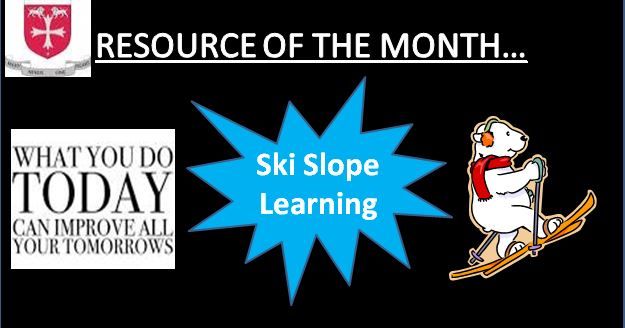Learning Grids are a fantastic way of engaging students to do activities that
they might find boring or tedious. They
incorporate an element of chance and present as a ‘game’ which allows students
to learn independently, whilst feeling they are in control and enjoying
it! Isn’t that what we’re all aiming
for?
Learning Grids are
activities for students working in pairs.
Learning in pairs provides opportunities for collaborative learning,
enabling students to discuss their learning and to peer-teach each other. When groups are larger there’s always a
greater risk of some students dominating while others sit back. There are opportunities, when using Learning
Grids, for one pair of students to work with another during or at the end of
the activity to compare and contrast their learning.
In terms of
equipment, the students will need a die each.
You could use foam die- which are delightfully silent! Students take it in turns to roll the die to
determine which cell in the grid they will use.
The
example below was a Learning
Grid to help students produce effective headlines, when writing newspaper
articles.
The first step is
to ask each pair to roll one of their dice.
The first number, they will use for the horizontal axis, the second for
the vertical. Students will use the
image in that cell to produce an effective newspaper headline. The images in each cell can be differentiated
for a variety of abilities.
Learning
Grids can be used cross curricular, for example:
Creative
writing- adding images and
words into cells to spark students’ imagination
Key
skills in maths: simplifying
algebra- expanding and simplifying expressions.
Art-using a variety of media and combining them
in creative ways.
Revision skills- having a variety of questions in each
cell which pupil have to answer.
Exam
preparation- writing
explanations or definitions for key words/images.
Homework-students could create their own learning
grid!
By Laura Daley















0 comments :
Post a Comment